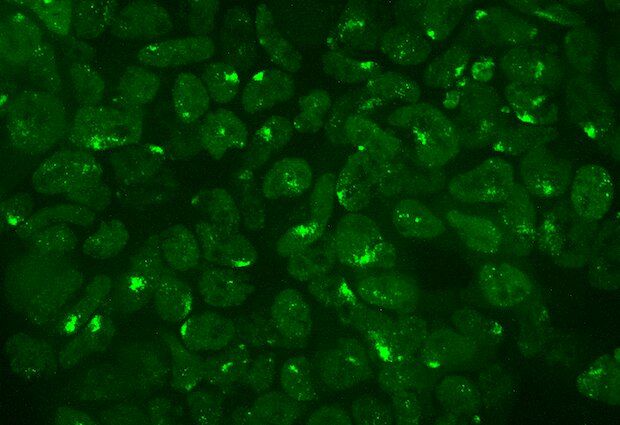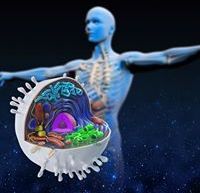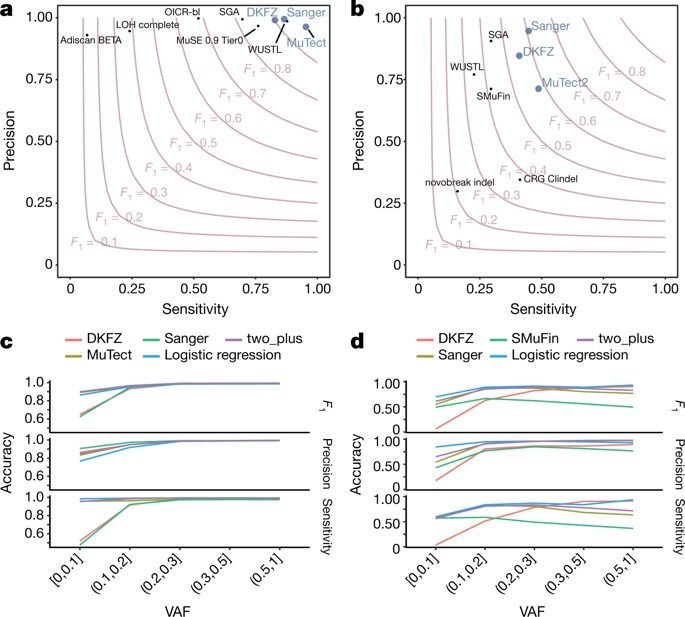Page 7842
Feb 7, 2020
Scientists explore how females shut off their second X chromosome
Posted by Quinn Sena in categories: biological, genetics, sex
Researchers at the European Molecular Biology Laboratory (EMBL) in Heidelberg and Institut Curie in Paris have shown that the protein SPEN plays a crucial role in the process of X-chromosome inactivation, whereby female mammalian embryos silence gene expression on one of their two X chromosomes.
In their landmark research published in Nature on 5 February, the scientists reveal how SPEN targets and silences active genes on the X chromosome, providing important new insights into the molecular basis of X-inactivation.
In mammals, males and females differ genetically in their sex chromosomes—XX in females and XY in males. This leads to a potential imbalance, as more than a thousand genes on the X chromosome would be expressed in a double dose in females compared to males. To avoid this imbalance, which has been shown to lead to early embryonic lethality, female embryos shut down the expression of genes on one of their two X chromosomes.
Feb 7, 2020
There’s a Cancer Treatment That Gives People ‘Night Vision’, And We Finally Know Why
Posted by Quinn Sena in category: biotech/medical
Amongst all the different types of cancer treatment, photodynamic therapy — where light in is used to destroy malignant cells — might have one of the strangest side effects: patients are often better able to see in the dark.
Now researchers have figured out why this happens: rhodopsin, a light-sensitive protein in the retinas in our eyes, interacts with a photosensitive compound called chlorin e6, a crucial component of this type of cancer treatment.
The work builds on what scientists already know about the organic compound retinal, which is found in the eye and usually isn’t sensitive to infrared light.
Feb 7, 2020
This Exolung promises ‘unlimited’ air supply underwater
Posted by Quinn Sena in category: futurism

The Exolung is aiming for the sweet spot between scuba and snorkeling by using the power of kicking legs to pull a steady supply of air down from the surface.
CNET playlists: https://www.youtube.com/user/CNETTV/playlists
Download the new CNET app: https://cnet.app.link/GWuXq8ExzG
Like us on Facebook: https://www.facebook.com/cnet
Follow us on Twitter: https://www.twitter.com/cnet
Follow us on Instagram: http://bit.ly/2icCYYm
#Exolung #DiveTech
Feb 7, 2020
Boeing’s Starliner test flight had a 2nd critical software issue, NASA panel finds (report)
Posted by Brent Ellman in category: space
Boeing is considering another test flight for its CST-100 Starliner commercial crew spacecraft amid concerns from a NASA safety panel about its first flight.
Boeing’s Starliner spacecraft launched on Dec. 20, but was unable to dock with the International Space Station as planned because it ended up in the wrong orbit. But of growing concern now are two software problems that were uncovered after the flight was complete.
The flagship paper of the ICGC/TCGA Pan-Cancer Analysis of Whole Genomes Consortium describes the generation of the integrative analyses of 2,658 cancer whole genomes and their matching normal tissues across 38 tumour types, the structures for international data sharing and standardized analyses, and the main scientific findings from across the consortium studies.
Feb 7, 2020
Life on board an O’neill Cylinder
Posted by Roderick Reilly in categories: biotech/medical, habitats, space

Visit our sponsor, Brilliant: https://brilliant.org/IsaacArthur/
O’Neill Cylinders space stations are examples of large rotating habitats able to be constructed in space in which people and even a complex ecology might be transplanted. But what would it be like living in one and how would civilizations based inside them in the future tend to operate?
Visit our Website: http://www.isaacarthur.net
Support us on Patreon: https://www.patreon.com/IsaacArthur
SFIA Merchandise available: https://www.signil.com/sfia/
Feb 7, 2020
OneWeb launches 34 internet satellites into orbit to boost broadband megaconstellation
Posted by Roderick Reilly in categories: internet, satellites
A Soyuz rocket carrying 34 of OneWeb’s broadband satellites lifted off today (Feb. 6) from Baikonur Cosmodrome in Kazakhstan, rising off the pad at 4:42 p.m. EST (2142 GMT).
Feb 7, 2020
Dr Tara O’Toole: The CIA, National Security And Preventing The Next Pandemic
Posted by Saúl Morales Rodriguéz in categories: biotech/medical, health, security

https://www.youtube.com/watch?v=DXo5BVdzZQE
Ira Pastor, ideaXme exponential health ambassador interviews Dr. Tara O’Toole, Executive Vice President and Senior Fellow at In-Q-Tel.
https://www.cia.gov/library/publications/intelligence-history/in-q-tel
Continue reading “Dr Tara O’Toole: The CIA, National Security And Preventing The Next Pandemic” »















